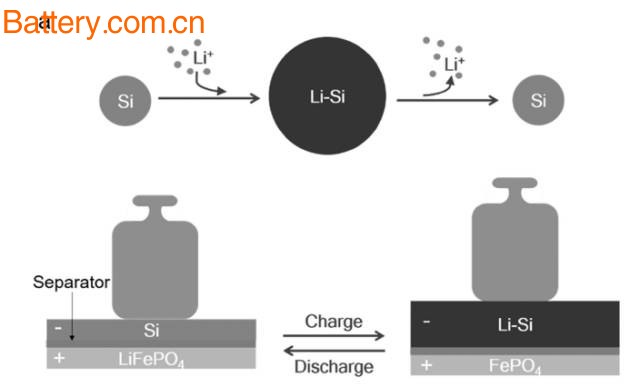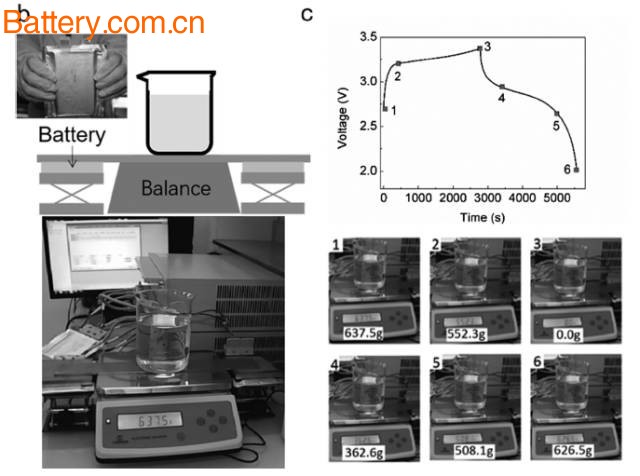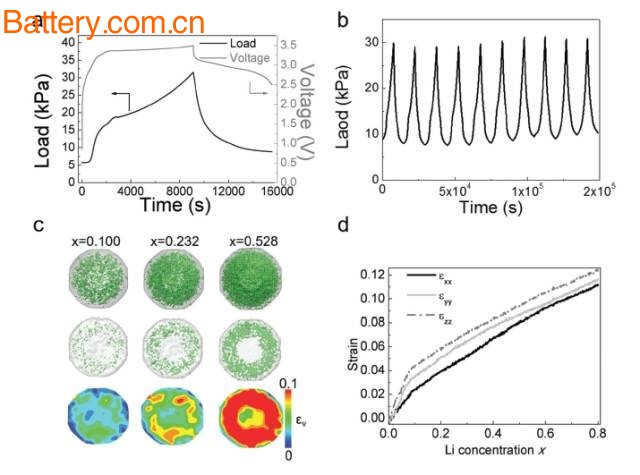What do you think of lifting the silicon negative? Large capacity, high volume expansion? As a new generation of lithium ion battery anode material, silicon negative electrode has a capacity of up to 4200 mAh/g, which is more than 10 times that of graphite anode material. It is the most promising next generation lithium ion battery anode material. Under this dazzling aura, the silicon negative electrode also has its insurmountable shortcomings. This is mainly due to the serious volume expansion of the silicon negative electrode during the lithium insertion process. Under the fully embedded lithium state, the volume expansion of the silicon negative electrode can reach 300%. This causes powdering and shedding of the material particles, which seriously affects its electrochemical performance. People's efforts to reduce the volume expansion of silicon anode materials, such as nanoparticles, thin film electrodes, carbon coating treatment, etc., are all efforts to overcome the expansion of silicon anodes. Volume expansion is bad news for lithium-ion batteries, but let's take a different look at it. Is there a special use of the bulk expansion of silicon anodes? Jialiang Lang and others at Tsinghua University have developed a "micro crane" by utilizing the volume expansion of the silicon negative electrode during charge and discharge. The "miniature crane" is actually a soft-packed lithium-ion battery, the positive electrode of which uses a LiFePO4 material with a small volume change, and the negative electrode uses a silicon negative electrode material with a battery capacity of 2.1 Ah. And using the battery to carry out a "water-lifting experiment", in the experiment, the battery "lifts up" 637.5g of water by charging, and the pressure generated by the battery expansion under full charge reaches 25.8KPa, in the subsequent cycle An average pressure of 21 KPa was produced. Subsequent studies have shown that the battery can produce a maximum pressure of 17 MPa. The battery can continue to generate pressures above 10 MPa during the entire charge and discharge voltage platform. In this process, the energy generated by charging is divided into three parts, one part is converted into mechanical energy, a part is converted into chemical energy stored in the battery, and a part is converted into heat energy dissipation. Of course, for a device that is intended to convert electrical energy into mechanical energy, the ability to respond quickly is naturally very important. Jialiang Lang studied the response speed of the battery in the rapid charge and discharge mode. Studies have shown that battery expansion has a good response speed to pulse current. And the expansion distance has a linear relationship with the charging time. At a current density of 2 A/g, the expansion speed is 1.6 nm/s, so the scheme can be used for nano-precision positioning. The expansion speed of the battery is mainly related to the areal density, battery thickness and current density of the silicon negative electrode. Therefore, under the premise of the battery setting, we can control the expansion speed of the battery by controlling the current to achieve the required control precision. In this study, the capacity of the Si negative electrode was only 800 mAh/g, so the "mini crane" has a lot of room for improvement. The "micro-lifter" can accurately produce nano-scale displacement and can withstand huge loads, so it can be applied to some areas that require high-precision positioning in nanometer scale, such as probes for scanning tunneling microscopes. In the opposite direction, it often achieves good results.
Aluminum Die Casting Medical Equipment Parts is a metal forming process in which molten aluminum metal is put under pressure and injected into a die. Aluminum Die Casting Medical Equipment Parts are lightweight alloys that have good corrosion resistance, mechanical properties, high thermal and electrical conductivity and strength at high temperatures. Aluminum alloys possess high dimensional stability for complex shapes and thin walls.
Aluminum Die Casting Medical Equipment Parts is efficient and economical and offers a wide range of durable shapes and components. Little or no machining is required after a part is die cast, because the process provides very close tolerances for even complex shapes. Aluminum Die Castings can also be easily plated or finished. Aluminum Die Casting Medical Equipment Parts are dimensionally stable and heat resistant.
Aluminum Die Casting Medical Equipment Parts Aluminum Die Casting of Medical Equipment Parts, Aluminum Die Casting of Medical Device, CNC Machining Aluminum Casting, Casting of Medical Instrument NINGBO ZHENHAI BOLANG METAL PRODUCT FACTORY , https://www.bldiecasting.com





Next generation lithium battery anode material: silicon anode